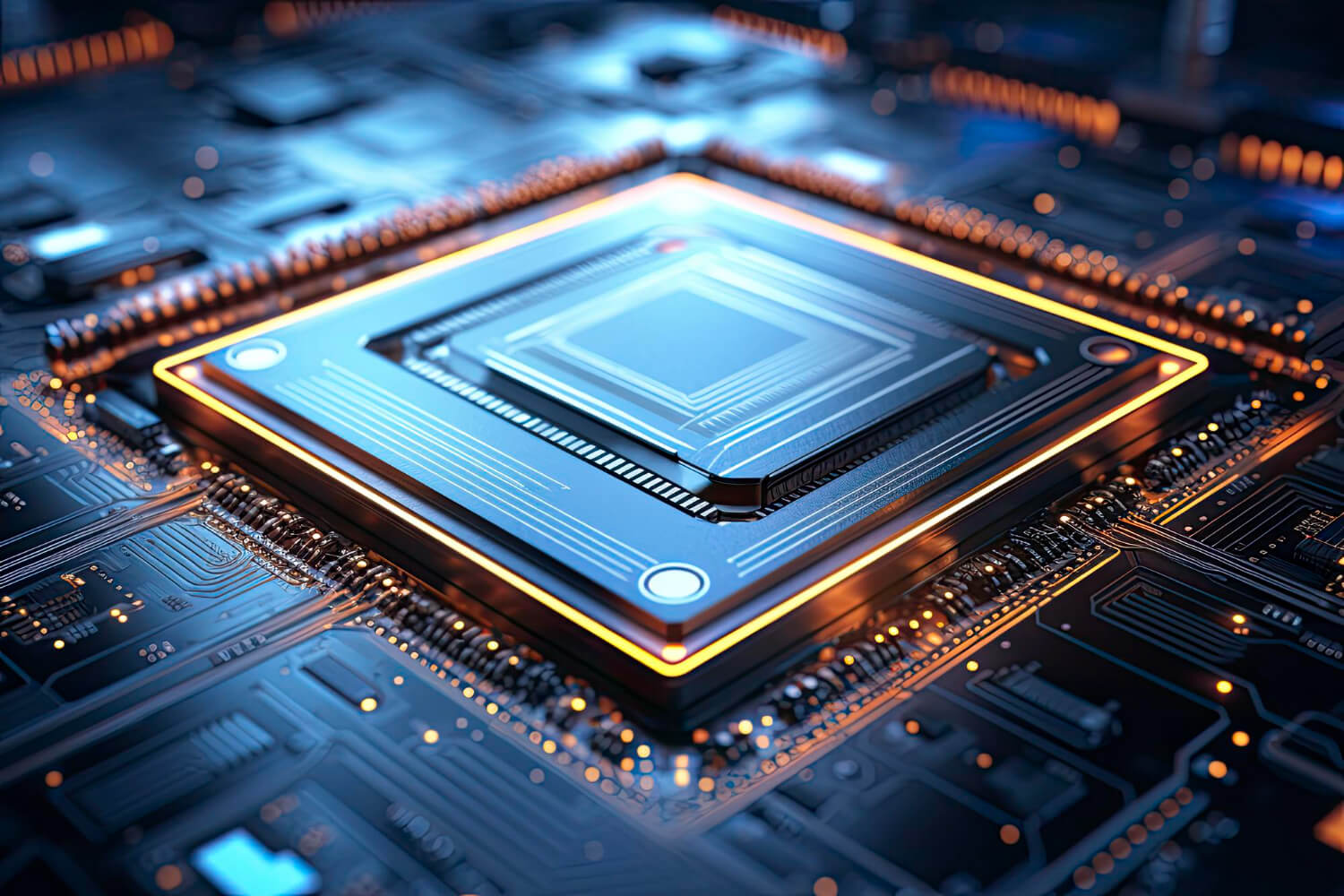As the name implies, stackup refers to the process of collection of copper and insulation layers that form the PCB before finalizing the board design. With the advent of modern technologies, compact electronics are more than a necessity, and therefore PCB layer stacking is crucial in electronics. For compact design for electronics products, designers believe it is necessary to mount PCBs with multi-layer designs and a 3D appearance. Multilayer hardware design helps to: improve the PCB board’s ability to distribute energy properly, eliminate electromagnetic interference, minimize cross-interference, and support signals at high speeds.
Stackup technologies
With the advent of precision manufacturing, Engineers have options to choose a stackup technology suitable to their requirements. The following factors are considered for a good stackup design: the number of layers, the frequency of the circuit, the Signal and Power Integrity specs and Emission requirements. Different stackup options arise by using combinations of Plated thru vias, Blind & Buried vias and Micro (HDI) vias. Most used stackup technologies are Standard stacking with Plated Thru vias and HDI.
Standard stacking connects Multiple copper layers by Plated Thru vias. The advantage of Standard stacking is it’s straightforward and easier to design and manufacture. The fab yield is more compared to any other stackup technology. Although, designing a dense board with smaller ICs is impossible with Standard stacking.
HDI (High Density Interconnect) stackup, as the name suggests, is best suited for High-Density boards. In a smartphone or tablet, the area is compact, but the PCB must accommodate a lot of circuits in it. HDI stackups are sequentially laminated, multi-layer structures, which help to build such compact boards with components packed on both sides. The laser drilled Micro vias, that connect the layers, are smaller compared to mechanically drilled vias thus helping the compact design. Compared to standard stacking, HDI stacks will consume lesser layers and provide better electrical performance.
Blind vias start from the external layer and end in any internal layer. Buried vias, as the name suggests, start from an inner layer and end in another inner layer. These vias are used when the via stub must be limited or eliminated. Also, they are used when the drill aspect ratio must be lower. The disadvantage is having a greater number of blind vias adds up lamination cycles resulting in higher cost, longer fab lead time, and increased plating thickness on the external layer.
Rules for Proper PCB Stackup Design
Like any other design or product manufacturing, designers need to follow some rules to produce the highest quality products. As you already know, electronics go through several processes which involve different components before producing the final product. Therefore, designers must ensure they identify and follow proven design PCB stack-up best practices. For PCB stack-up design, some rules should be followed to get the best results.
- The first and foremost rule is the use of ground planes. They are the best choice due to their ability to route signals in strip lines. In addition, it also plays a vital role in reducing ground noise. Ground noise gets significantly reduced because of the reduced ground impedance.
- When it comes to high-speed signals, they must be routed to an intermediate layer that sits between different levels. In this manner, the ground plane acts as a shield and suppresses the radiation emanating from the orbit at maximum speed.
- Signal layers must be close to the plane.
- Mass planes and power should be carefully connected.
- It is necessary to ensure that the configuration is symmetrical.
- Signal impedance requirements are met.
- It is necessary to consider the thickness of each signal layer.
- Moreover, it is also essential to consider the properties of the desired material. Also, pay special attention to such materials’ thermal, electrical, chemical and mechanical properties.
Great PCB hardware design means a great deal. Businesses must have quality products and results. As you already know, circuits today operate at extremely high operating speeds, making it extremely necessary to optimize your PCB design. Comprehensive PCB design needs to make this craft an art. The reason for this is that you can have a good design or a bad design. However, a poorly designed product can seriously degrade or affect the performance of an electronic product. Some of the effects of poor PCB design include poor signal submission, low-quality power output, and reduced durability of electronics. To avoid such occurrences, it is recommended to ensure that the PCB is of high-quality design.
Conclusion
PCB stack-up design is essential for both designers and electronic engineers. The ability to come up with high-quality electronics requires several considerations. Without a high-quality PCB design, the product’s quality and performance can be significantly affected. Therefore, designers must ensure the right stackup construction and PCB materials are selected to obtain a high-quality product. A high-quality PCB stack-up goes a long way in getting the highest quality PCB yield and productivity.
Stackups designed for High-speed designs are costlier than those used for non-high-speed applications. Compensating the stackup quality for cost can result in poor signal integrity which makes the PCB unsuitable for High-speed application.
Usually, designers use standard and HDI stack-ups while designing PCB stack-ups since both provide unique features and benefits that appeal to designers and engineers. Businesses can select the most suitable one based on the design and performance they expect from the PCB.
Tessolve PCB team has rich experience in designing complex Stackups. Be it high layer count (60+), Multi-laminate or HDI stackups, Tessolve can support designing a manufacturable, cost-efficient stackup that still meets all the Electrical requirements.
Tessolve works closely with Fabrication shops to create the right stackup at the design stage and run DFM checks in-house which allows us to achieve an incredibly high first-pass acceptance rate and eliminates delays getting designs onto the production floor.
For better assistance from our experienced engineers, email us today sales@tessolve.com



